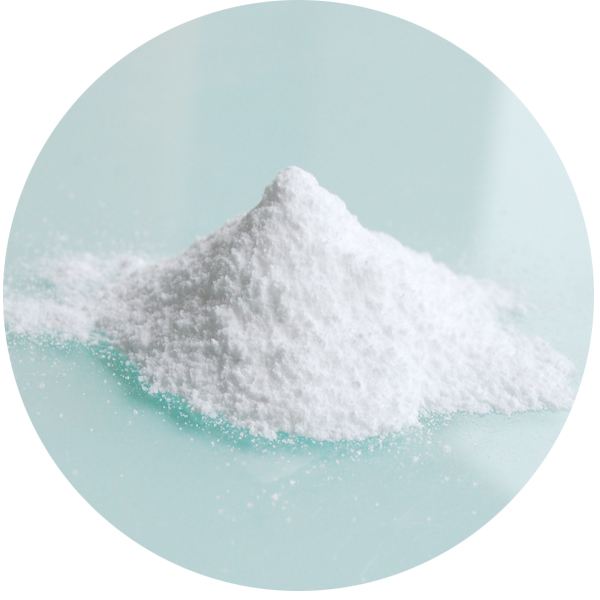
To adapt to the transition from Marine life to terrestrial life, land plants began to produce antioxidants such as vitamin C, polyphenols and tocopherols that Marine life did not have. Between 50 and 200 million years ago, angiosperms evolved to develop many of the natural pigments that resist oxidation -- particularly during the Jurassic era -- as a byproduct of chemical resistance to photosynthesis, called reactive oxygen species. The term used to refer specifically to chemicals that prevent oxygen consumption. In the late 19th and early 20th centuries, extensive research focused on the use of anti-oxidants in important industrial processes, such as the prevention of metal corrosion, vulcanization of rubber, and fouling of internal combustion engines by fuel polymerization.
Early research on biological antioxidants focused on how to use antioxidants to avoid rancidity caused by oxidation of unsaturated fatty acids. Antioxidant activity can be measured simply by placing a lump of fat in an oxygenated sealed container and measuring its oxidation rate. However, with the discovery and confirmation of antioxidant vitamins A, C and E, people realized the importance of antioxidants' biochemical role in the body. With the recognition of the fact that substances with antioxidant activity may themselves be easily oxidized, the exploration of possible mechanism of action of antioxidant began. By studying how vitamin E prevents lipid peroxidation, it is clear that antioxidant, as a reducing agent, can react with reactive oxygen substances to avoid the damage of reactive oxygen substances to cells and achieve the antioxidant effect.
 ADD
ADD
 FAX
FAX
 MAIL
MAIL
 CALL
CALL